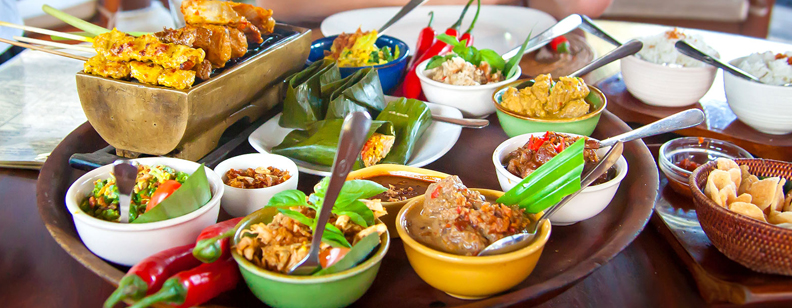Translation for dishes, food and cuisine are always needed in business meals or in culture introduction. As food culture is one of the most important cultures in our daily life, especially Chinese cuisine—which is included in three major cuisines in the world along with French Cuisine and Turkish Cuisine, we should pay more attention to food translation.
Because of 5000 years of history, many dishes have old stories; because of various of geography characters, we have eight cuisines, include Guangdong cuisine, Jiangsu cuisine, Shanghai cuisine, Sichuan cuisine, Anhui cuisine, Fujian cuisine, Hunan cuisine and Zhejiang cuisine; because of culture and folk-custom, there are abundant variety of dishes in China.
Chinese cuisine incorporates a cornucopia of ingredients, the culinary method includes stir-fried, stewed, steamed, baked, roasted, oil and water-blanched, and deep-fried, and seasonings in Chinese cuisine include soy sauce, fermented bean paste, yellow wine, sesame oil, ginger, black rice vinegar, chili and garlic, etc. For all these reasons Chinese dishes have a lot of beautiful names which are difficult to translate.
A beautiful and proper translation of a ordinary dish not only makes the dish more attractive but also make the diners happy and get to know more about our culture.
To translate Chinese food into English, there are some different methods: 1. Translate literally;
2. Translate according to the ingredients and cooking method;
3. Translate according to the story behind the dishes.
First, translate literally:
This method is appropriate for most of the simple dishes like Chicken nugget, The sour soup of Sichuan style, Chicken noodle soup, Steamed meat, etc. Such dishes have a few ingredients and simple in cooking methods, most of them are ordinary and appear in our family frequently every day. Translation of such dishes is a kind of easy.
For the second and the third method, we usually combine them together, because for some dishes, it is necessary to explain the story behind them.
Read Also: Korean cuisine (iii) — Fish and seafood
For example, “Farewell My Concubine” we can translate it as “Chicken and Soft-shelled turtle” also, and at this time, we can tell the beautiful story of Xiang Yu and Yu Ji to explain the origin of the name and to add the mystique of the Chinese dietetic culture.
The dish “The Dragon and Phoenix Mixture”, we can also translate it as “eel and chicken” as the dish is cooked by eel and chicken, and the beautiful name “The Dragon and Phoenix Mixture” comes from the story of Liu Bei and Sun Shangxiang. The chef used ell for the golden dragon and chicken for the colorful phoenix, it implied good luck and beauty.
Take a look at how we helped our client by localizing their project for Catering Industry language. Click here to read the complete case study









